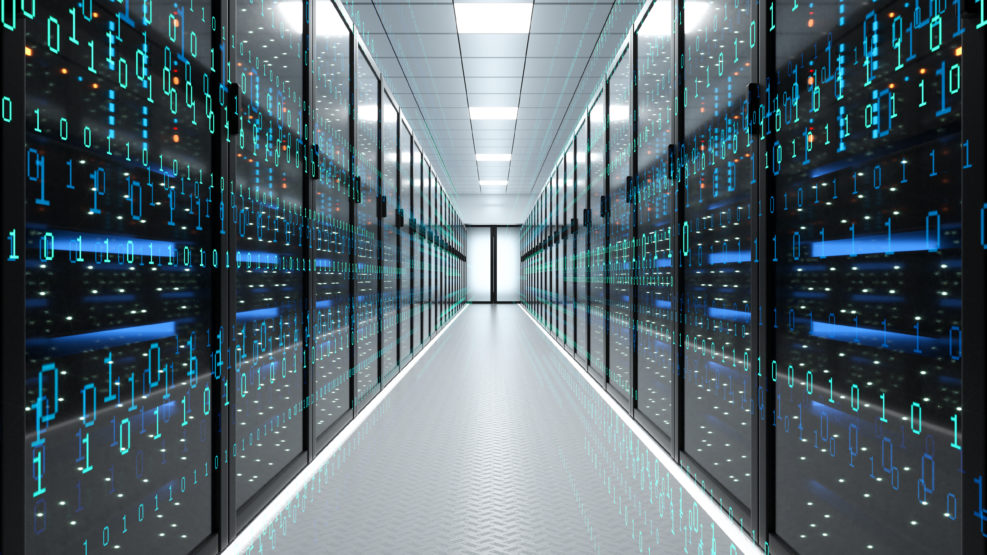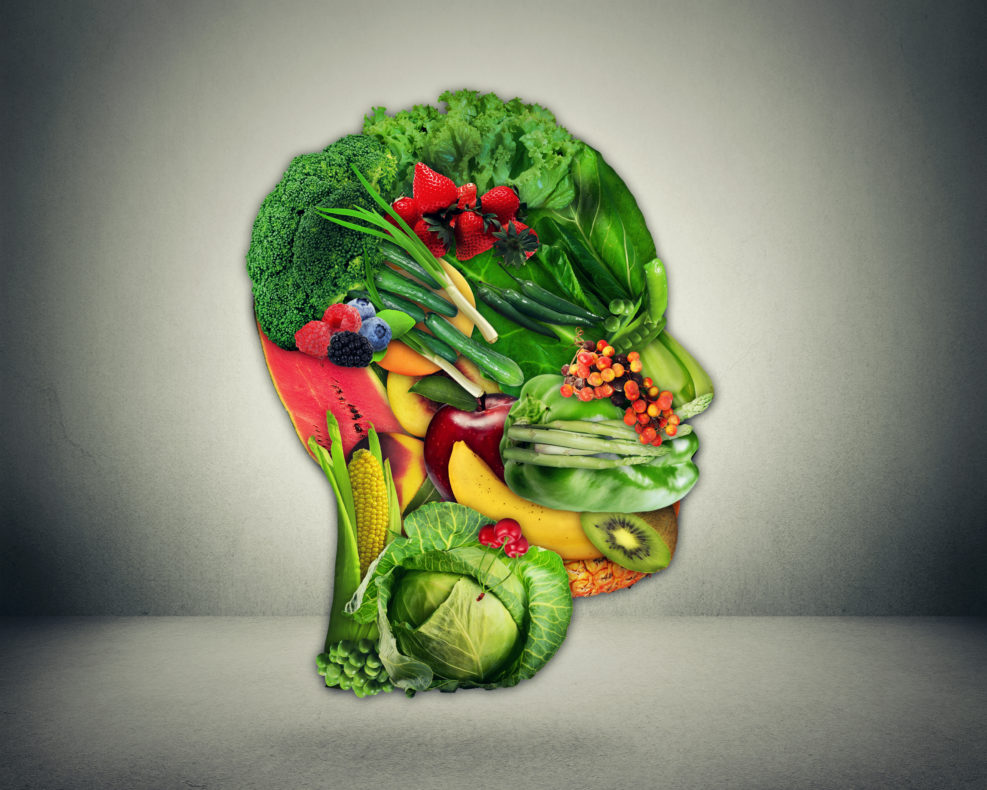
So artificial intelligence has its limits?
Science writer Allison Whitten explains.Thus it turns out. Science writer Allison Whitten explains: Artificial intelligence algorithms cannot keep growing at their current pace. Algorithms like deep neural networks — which are loosely inspired by the brain, with multiple layers of artificial neurons linked to each other via numerical values called weights — get bigger every year. But these days, hardware improvements are no longer keeping pace with the enormous amount of memory and processing capacity required to run these massive algorithms. Soon, the size of AI algorithms may hit a wall. Allison Whitten, “New Chip Expands the Possibilities for AI” at Quanta (November 10, 2022) Funny that never happens with humans. Humans never hit a wall in that way. Whether it’s Albert Einstein or Read More ›
